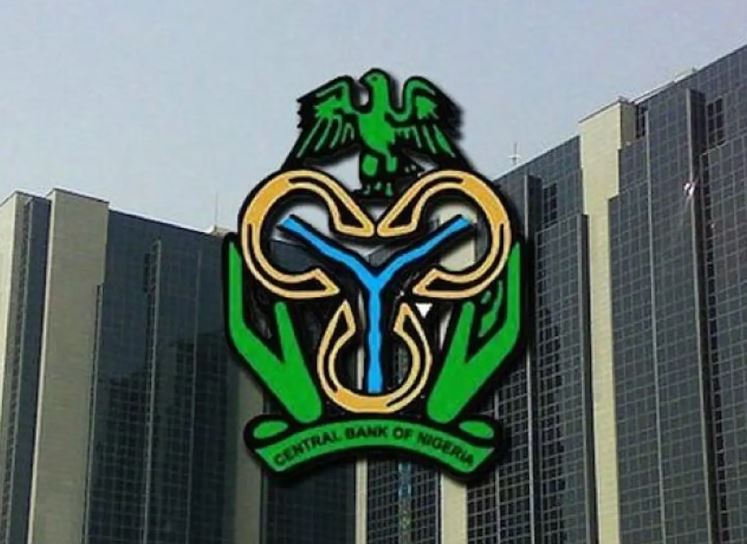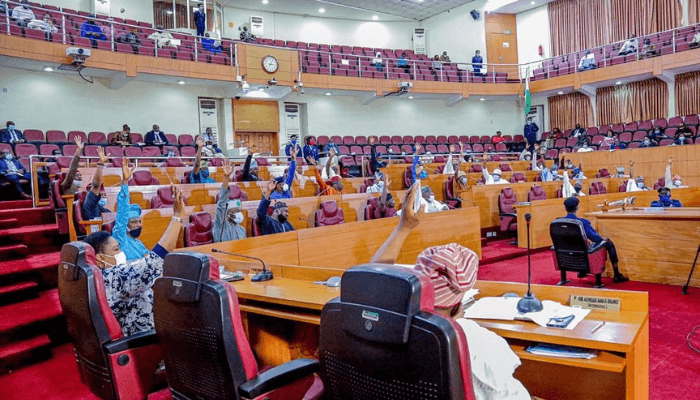Nigeria’s deposit money banks (DMBs) significantly increased their placements with the Central Bank of Nigeria (CBN) last week, depositing more than N1.6 trillion into the apex bank’s Standing Deposit Facility (SDF) as risk aversion and excess liquidity dominated the money market.
According to fresh data from the CBN’s daily money market reports, banks’ SDF placements climbed steadily between October 14 and 17, 2025, peaking at N1.61 trillion on October 17—up from N1.45 trillion on October 15 and N1.48 trillion on October 14.
The surge coincided with elevated overnight lending rates, which stood at 24.88% as of October 16, making SDF placements an attractive, risk-free investment option for banks. A liquidity boost of N481.33 billion in Open Market Operations (OMO) repayments on October 14 also fueled the cash influx.
While liquidity levels remained high, interbank activity was muted. No repo, reverse repo, or rediscounted bill transactions were recorded during the week, reflecting a cautious stance across the banking sector.
Interestingly, opening balances across banks fell sharply, suggesting an uneven liquidity distribution. Opening balances dipped from N150.72 billion on October 16 to N97.45 billion on October 17, while balances earlier plunged by 58.5% between October 13 and 14.
The Standing Lending Facility (SLF) was mostly inactive, with just N500 million borrowed on October 14, indicating few short-term liquidity pressures despite the uneven cash flow.
The SDF’s consistent rise highlights a high-liquidity but low-lending environment, where banks prefer depositing idle cash at the CBN for modest but risk-free returns instead of lending to the real sector.
This cautious positioning comes amid persistent exchange rate volatility, tighter monetary policies, and slowing credit expansion.
Financial analyst and economist, Chuka Nwosu, said the trend reflects “a banking system that is liquid but not confident.”
“Banks are prioritizing safety over risk. With exchange rate instability, inflationary pressure, and policy uncertainty, SDF is a safer bet than lending. This is good for stability but bad for growth,” he explained.
Another analyst, Aisha Sule, noted that the uneven liquidity across banks is a red flag.
“While the big banks have the cash to park at the CBN, smaller banks are struggling with funding gaps. This imbalance can create vulnerabilities in the interbank market if not addressed,” she said.
Macro economist, Kunle Adeyemi, added that excessive reliance on SDF “undermines credit creation,” warning that sustained risk aversion could stifle private sector investment and slow GDP growth.
“If banks continue to hoard liquidity at the CBN, productive sectors will face credit constraints. Policymakers may need to adjust incentives to encourage lending,” Adeyemi emphasized.
With over N1.6 trillion sitting idle at the CBN, the SDF surge underscores the delicate balance between monetary tightening and economic stimulation. Analysts say a more deliberate liquidity management strategy — including credit incentives and market reforms — may be necessary to channel idle funds into the real economy.





